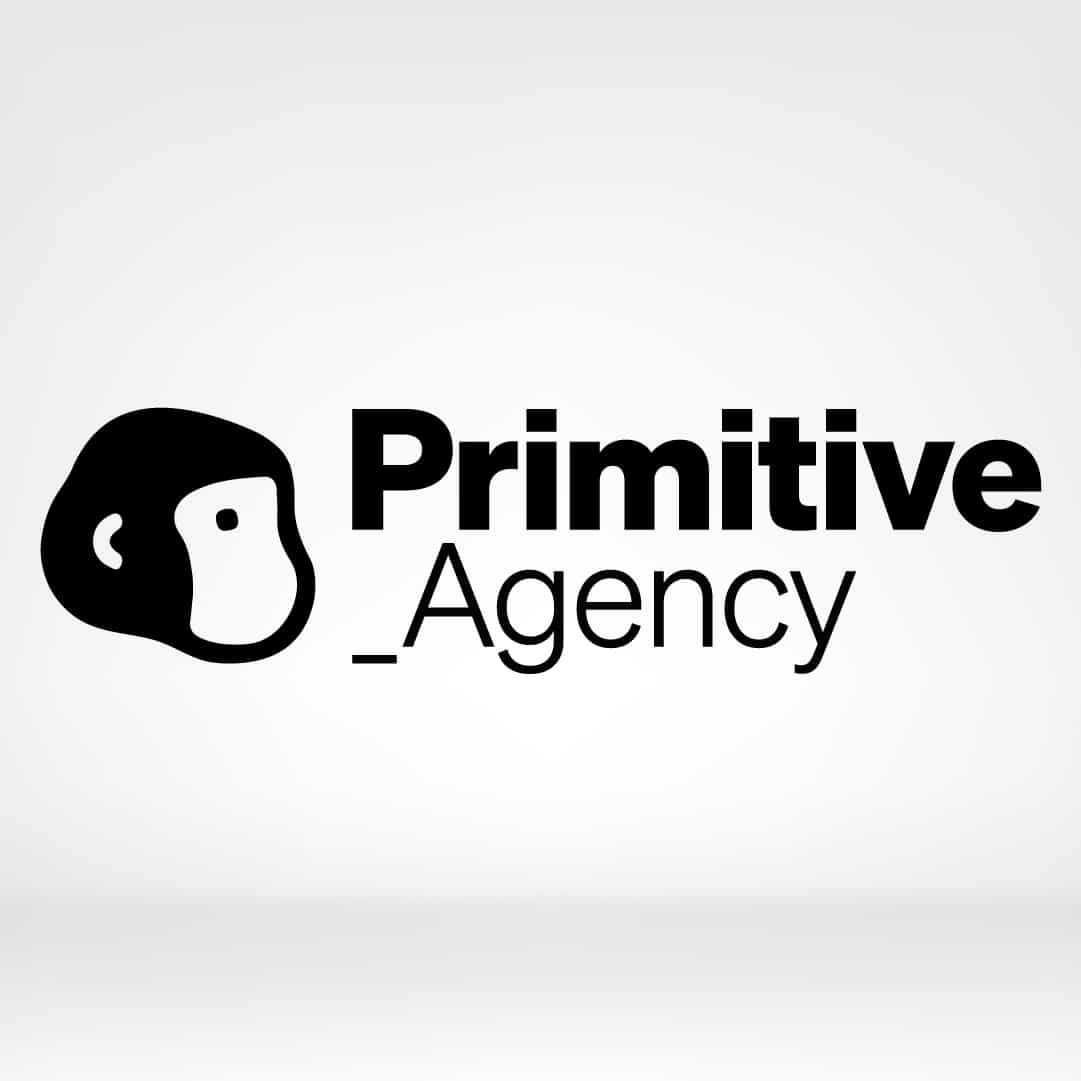To plan a brand’s content, there are different strategies and techniques that can provide you with the opportunity to obtain a much more effective and secure organization, allowing you to maintain proper order according to the platform on which you are going to publish. One of the most important techniques is the editorial calendar.
But do you know how to create an editorial calendar for marketing content? If you’re not sure how to do it, or if it’s the first time you’ve heard of this resource, don’t worry! In this article, you’ll find everything you need to start taking full advantage of this excellent tool.
Keep in mind that a well-organized editorial calendar acts as the compass that guides successful content marketing strategies. So whether you’re a marketing expert or someone who simply wants to understand the basics, this article will guide you through the essential steps to create an editorial calendar that not only streamlines content production but also boosts your brand’s online presence.
Also check out: The 15 Best SEO Plugins to Enhance Your Content Marketing in 2023
What is an editorial calendar?
An editorial calendar is a planned and organized tool used in content marketing to manage and schedule the creation, publication, and promotion of content over time. It functions as a strategic roadmap that helps businesses and professionals stay focused on their content goals, ensure consistency and quality, as well as maximize efficiency in their marketing efforts.
This resource is used to establish specific dates and deadlines for the production of different types of content, such as blog articles, social media posts, videos, infographics, and more. In addition to publication dates, an editorial calendar usually includes details such as topics, keywords, responsible authors, distribution channels, and promotion strategies associated with each piece of content.
Steps to create an editorial calendar for marketing content
To ensure that you create a good editorial calendar that is effective enough to allow you to organize your content and publish it without major inconveniences through the channels you have planned, it is important that you follow a specific process.
The steps to create an editorial calendar for marketing content are:
Step 1: Establish Clear Objective
Define the results you want to achieve with your content strategy. Are you looking to increase your brand’s visibility, generate leads, or educate your audience? Setting clear objectives will provide you with a solid focus and help you measure the success of your editorial calendar.
Step 2: Identify Your Target Audience
Understanding who you are targeting is essential. Thoroughly research your audience: their interests, challenges, and preferences. This will allow you to create relevant and valuable content that resonates with them and establishes a meaningful connection.
Step 3: Select Relevant Topics
Identify topics that are important to your audience and relevant to your industry. These topics will be the basis of your content strategy. By addressing topics of interest, you will position yourself as a reliable resource in your niche.
Step 4: Keyword Research
Conduct keyword research for each topic. Discover what terms and phrases your potential customers use to search for related information. Integrating these keywords into your content will help improve your visibility in search engines.
Step 5: Define Content Formats
Decide what types of content you will create, such as articles, videos, infographics, podcasts, etc. Adapt the formats to your audience’s preferences and the nature of the information you want to share.
Step 6: Establish Frequency and Publication Dates
Determine how often you will publish new content and assign specific dates on your calendar. Consistency is key to maintaining your audience’s interest and establishing clear expectations.
Step 7: Create a Visual Calendar
Use tools such as spreadsheets, project management applications, or specific editorial calendar software to plan and visualize your content and publication dates.
Step 8: Monitor, Analyze, and Adjust
After publication, closely monitor the performance of your content. Analyze metrics such as traffic, engagement, and conversions. Use this data to adjust your strategy based on actual performance and feedback from your audience.
Why is an editorial calendar important?
An editorial calendar is crucial in content marketing as it provides structure and planning to your efforts. It helps maintain consistency in content publication, ensures that topics align with audience interests, optimizes distribution across different channels, and allows for anticipation of key events. Additionally, it facilitates collaboration within the team, improves efficiency in content creation, and provides a global view of the strategy, resulting in more impactful content and a deeper connection with the audience.
Plan your content with marketing experts
In conclusion, an editorial calendar is the foundation upon which a successful content marketing strategy is built. From meticulous planning to strategic execution, each step contributes to a more effective online presence and a deeper connection with your audience.
At Primitive Agency, we understand the importance of a solid content strategy and an effective editorial calendar. Our team of experts is ready to help you create a personalized strategy that drives brand growth and generates tangible results.
Are you ready to take your content marketing to the next level? Contact us today at [email protected] or fill out our contact form so we can get in touch with you as soon as possible.
You may also be interested: Largest Contentful Paint (LCP): what it is and how to improve it
Frequently asked questions about an editorial calendar for content marketing
Here we answer some of the most common questions our clients ask about an editorial calendar for content marketing.
How far in advance should I plan my editorial calendar?
The recommended lead time for planning an editorial calendar varies depending on the complexity of your strategy and the type of content you produce. In general, it is advisable to plan at least one month in advance. This provides the necessary time to research, create, review, and adjust content, ensuring smooth execution and the ability to address any unexpected changes without compromising quality.
How do I determine the ideal publishing frequency?
The ideal publishing frequency on your editorial calendar should balance consistency with quality. It depends on factors such as your goals, the type of content you produce, and the resources available.
Analyze your audience’s behavior, conduct tests, and observe which frequency generates the desired engagement without overwhelming them. As you receive feedback and measure performance, you can adjust frequency to find the optimal point that keeps your audience engaged and satisfied.
What tools can I use to create and manage my editorial calendar?
There are several useful tools for creating and efficiently managing your editorial calendar. You can use project management applications like Asana or Trello to plan and track the progress of your content.
Specific editorial calendar platforms like CoSchedule and Editorial Calendar offer specialized functionalities for content management. Additionally, collaboration tools like Google Sheets or Microsoft Excel are also popular for creating visual calendars and sharing them with your team. The choice of tool will depend on your needs and workflow preferences.

The Primitive writing team is comprised of a group of skilled professionals who specialize in different areas of marketing, from brand design to web development and audiovisual production. Each team member boasts extensive experience in their respective field, and they are dedicated to providing the best possible strategy and content for every business that aligns with their unique needs.







